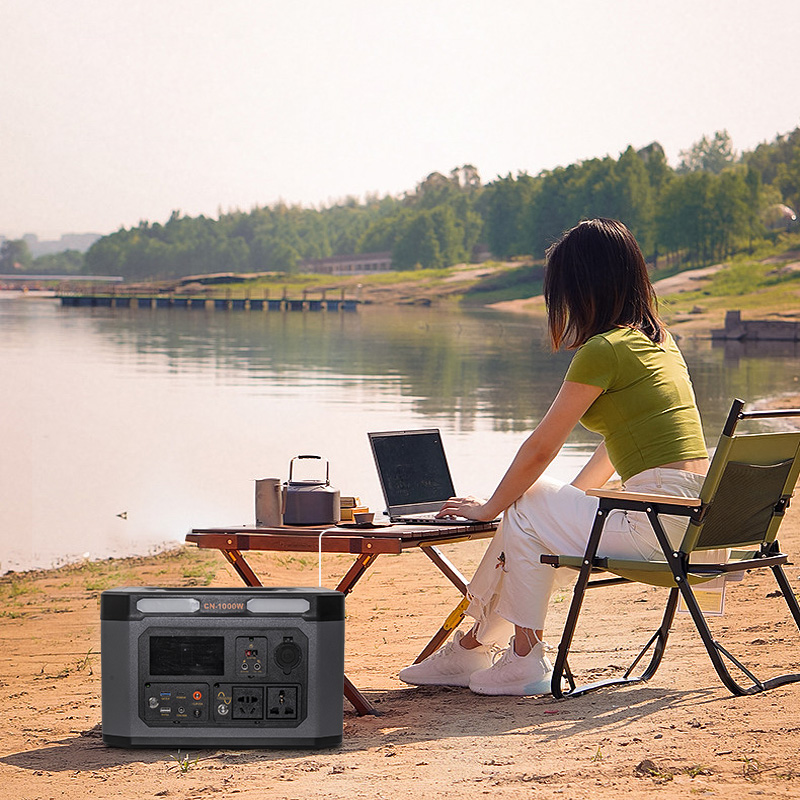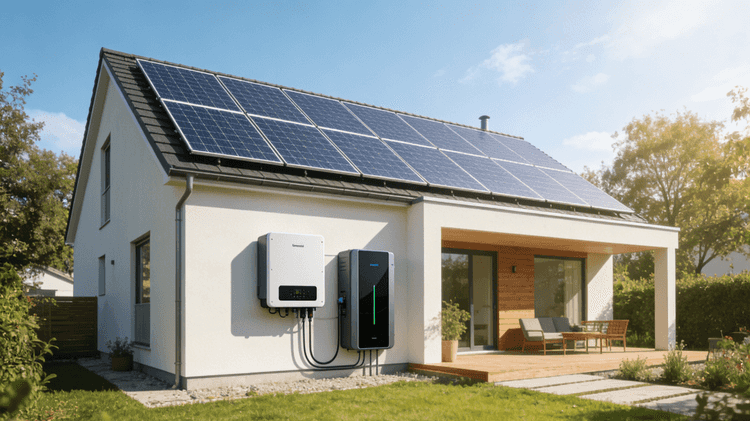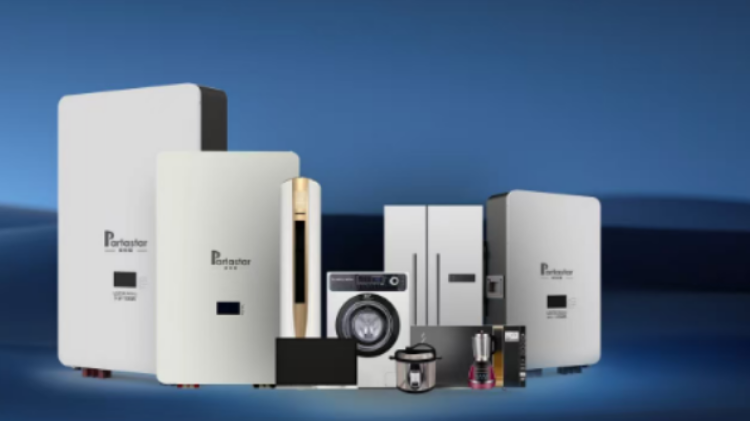Portable power stations provide you with electricity anytime, anywhere. Unlike portable generators, they don't require gasoline and run almost silently. The advantage of generators is that they run as long as the fuel keeps running, and then can be refilled (allowing for cooling time) and running again. Portable power packs can last from 2 to 12 hours, but most require at least a few hours to recharge. However, even the most compact generators are still relatively bulky. There is more variety between these packs, so the best portable power station for you may be more mobile and better value.
How to Choose the Best Portable Power Station
I'm an avid outdoorsman, and while sometimes I like to pack light and be completely off the grid, most of the time I want to charge my phone, use my tablet, and turn on a few lights. A small portable power pack would be ideal, but once I started investigating more deeply, I found that my existing knowledge was beyond my capabilities. I considered dozens of models on the market, comparing everything from connectivity to power output and portability.

I've chosen a range of models to balance performance with portability and value. The type and number of outlets will also affect these recommendations. Obviously, smaller devices may have a limited number of 110V AC connectors, but it is important that they are suitable for the intended use.
Portable power stations require fairly regular charging, so I looked into their versatility. While all of these can be charged from a standard household outlet, having other options can be a definite benefit. Most portable power packs are very reliable, but not always. I researched feedback from actual buyers to assess which models didn't live up to expectations.
What to Consider When Buying the Best Portable Power Station
While all portable power stations provide remote power, their specifications vary widely. The following key elements will help you choose the best portable power station for your specific needs.
power output
A lightweight portable power station that can charge your phone, tablet, and run a few camping lights. Those designed for home use might be able to simultaneously operate a TV, refrigerator, and even a power-hungry air conditioner—for a while.
Available wattage (W) tells you how much power is available to your device. Usually there are two numbers. For example 1,000W/500W. The first is peak watts, which takes into account the fact that all motors will have a surge when starting. The second number is the amount during normal operation. Additionally, watt-hours (Wh) indicate how long the portable power station will run before it needs to be recharged. Actual performance depends on what is inserted and how long it is used, but this graph can be used for comparison purposes.
Although all electrical devices have power ratings, it can be difficult to determine which devices will operate together. The best portable power station manufacturers provide estimates such as how many times a device can charge a cell phone, how long can it power a laptop, or run a mini fridge, etc.
weight
When it comes to power stations, portability is a relative term. Models for camping can be as light as 2 or 3 pounds. On the other end of the scale, they can reach 80 pounds. The latter are still called "portable" because they usually have wheels.
charging options
A portable power station is actually a large backup battery. Unlike a generator, which continues to provide the same level of power as long as it's running, even the best portable power station can fail. Charging method and charging speed have a big impact on convenience. Plugging them into a standard household outlet is usually fastest. Many devices can be charged via USB and/or a 12V DC outlet in the vehicle. Most can also be connected to solar panels. While the latter may provide free energy everywhere, not all systems are reliable, and it's often the slowest option. This is also not always convenient, as it means that the unit must be stationary during the day.
Battery Type
Most batteries in portable power stations are lithium-ion batteries. This is a well-proven technology. However, lithium iron phosphate batteries, also known as LiFePO4 or LFP, are starting to emerge. Their main advantages are a life expectancy of up to ten years (twice that of Li-ion) and faster charging times. They are also non-toxic, non-polluting and do not use rare metals
cost
Portable power stations are not low-cost products. However, the portable inverter generator, which is the only real alternative, is also not louder and burns gasoline. Taking the time to carefully evaluate your electricity needs can better maximize value.
The lightweight model can fit in a backpack and charge phones and tablets. Heavy-duty versions can power a refrigerator or well pump during a power outage. Our picks combine portability and power to keep your battery fully charged wherever you go.



